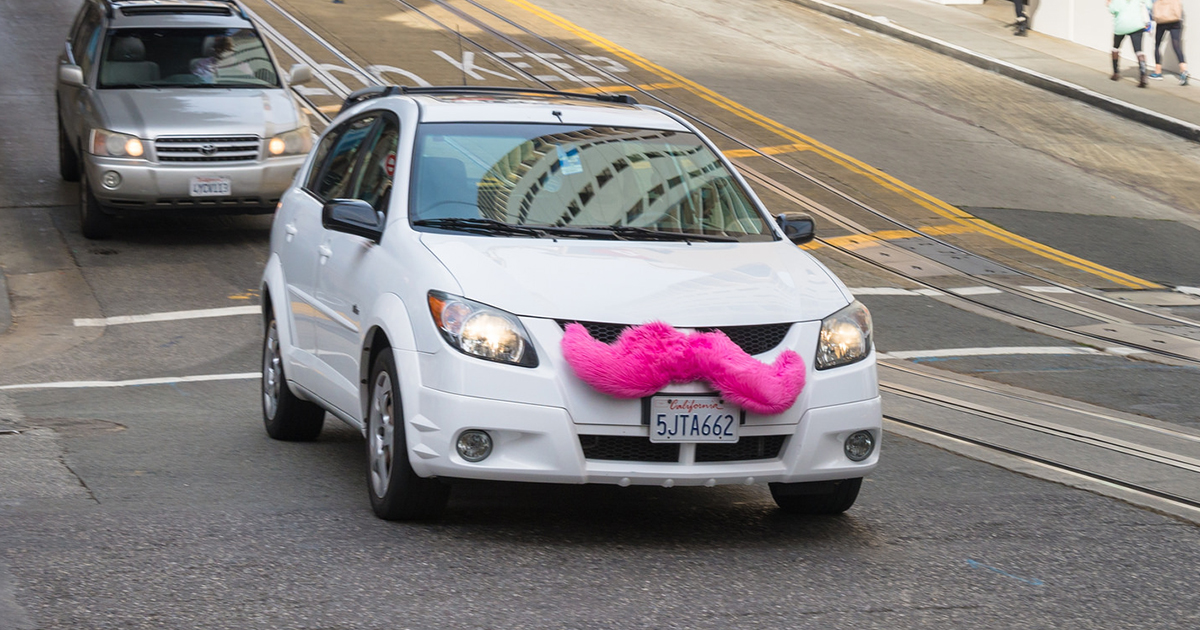How the Rating System Really Works for Ride-Share Drivers

By:
The five-star rating system used to evaluate drivers for ride-share services like Uber or Lyft is flawed, BuzzFeed News' Caroline O'Donovan wrote on Tuesday.
 AP/Lv jianshe - apimages.comAP/Lv jianshe - apimages.com
AP/Lv jianshe - apimages.comAP/Lv jianshe - apimages.com
In theory, giving passengers the ability to rate their drivers is a valuable tool that allows the company to single out the chronically underperforming or unsafe ones. But in practice, the system has left drivers' employment status up to passengers who might not understand how ratings work at the corporate level.
You'd be forgiven if you assumed that a four-star rating means "above average but not exemplary," for example. But from a driver's perspective, a four-star rating means inching closer to termination. Uber, Lyft, Postmates, and other gig economy companies have set high rating thresholds for drivers; Uber drivers who average 4.6 ratings or lower are "at risk of being deactivated."
One Lyft driver interpreted the company's rating system in a letter taped to the back of the passenger seat.
Four stars? That means "[t]his driver sucks, fire him slowly; it does not mean 'average' or 'above average,'" the driver wrote. "Too many of these and I may end up homeless."
In a statement to BuzzFeed, a Lyft spokesperson said that the company takes "a number of steps" to prevent unfair ratings from skewing driver evaluations. It averages ratings from the last 100 rides, looks at the driver in comparison to others in their region, and allows drivers to submit feedback after rides to flag any potential concerns about the passenger.
Uber did not respond to a request for clarification about its rating policy.
 AP/Jeff Chiu - apimages.comAP/Jeff Chiu - apimages.com
AP/Jeff Chiu - apimages.comAP/Jeff Chiu - apimages.com
"The more options are presented within a rating system, the more mental effort it's going to take to give a rating," David Celis, a software engineer, told O'Donovan. "The way you can interpret those stars is infinite, and most people don’t have the exact same system."
Is there a better way to generate customer feedback?
 Flickr/SPUR - flickr.comFlickr/SPUR - flickr.com
Flickr/SPUR - flickr.comFlickr/SPUR - flickr.com
Proposed solutions have followed one of two tracks. These services should either create "nuanced review systems would paint a more vivid — but perhaps less upbeat— picture of customers’ experience" as Wired's Kat Kane wrote. That system might look like a sliding scale and require detailed assessments of the ride experience.
Or ride-share services could follow YouTube's lead. The company shifted from a five-star rating system for videos to a simple "thumbs-up, thumbs-down" binary model in 2009 because it found that visitors tended to rate videos as either "one star" or "five stars" anyway.
"In effect, ratings on Uber are binary, too, with the added twist that the rare cranks willing to hand out one star have extra-powerful votes," Forbes reported. "Uber likes this system because it enjoys being able to say all of its drivers have near-perfect ratings. But it's a harsh one for drivers, and also for customers, who find themselves repeatedly forced to choose between guilt, spite and ignorance."
[h/t BuzzFeed News]
